Catalogue 15
Debut catalogue from Sanders who, as an extension of his editing duties and running of his Peace Eye bookshop, also dealt in “manuscripts, holographs, literary relics, tape recordings, drawings, books, magazines, broadsides, tractata, ejaculate, drek, & other effluvia of the literary divinity” (cover). Essentially, a mimeo rare book catalog with signed items, letters, and other literary rarities, all pitched with the usual Sander’s aplomb. Given the particularly ephemeral nature of Sander’s catalog(ue)s, they are quite scarce. [FUG YOU 86-7]. [Clay and Phillips pp. 166-68].
Exactly as advertised: the entire extant works — i.e., a magnificent blank page — of Thales, first of the pre-Socratics, “the famous Milesian poet, philosopher, physicist, astronomer, mathematician, cosmologist, Urstoff-freak, absent-minded professor, & madman.” With an “introduction” by Aristotle (in ancient Greek, without translation), hand-copied from the Metaphysics by Sanders, counterculture hero to a generation of frustrated Classics majors and others. By “valorium” Sanders presumably means “variorum.” Then again, maybe he doesn’t. “Printed, published & zapped by E. Sanders at a secret location in the lower east side…TOTAL ASSAULT ON THE CULTURE!!!” (“Valorium”).
GREENWALD, Ted. LAPSTRAKE. [New York]: Lines, 1965. First Edition. 4to. Black and white side-stapled wraps. Toning and soil to borders of front and back covers. Light edgewear and corner creasing. Interior pages faintly toned. No. 129 of an edition of 150. Very good. 11pp.
Greenwald’s first book; also the first book published by Lines. Edited by Aram Saroyan, with cover art by Joe Brainard.
Last regular issue (and next to last issue overall) of Berrigan’s quintessential NY mimeo, a cornerstone of the movement. Contributions from Berrigan, Brainard, Dick Gallup, Kenward Elmslie, William Saroyan, Max Jacob, Ron Padgett, etc. A magazine that over the last few years has grown increasingly scarce. [Clay and Phillips 160-65].
Collaborations by Berrigan and Padgett, illustrated by Joe Brainard, mostly composed between 1962 and ’65. Individual pieces are unattributed in the text, though credits note several contributions from other artists and writers, notably Gerard Malanga and Peter Orlovsky, and “Peter Schjeldahl says he wrote parts of WHAT THE THUNDER SAID. He didn’t.”
Near-complete original typescript for Aram Saroyan’s self-titled collection of minimal and concrete verse. ARAM SAROYAN contained the poet’s infamous “four-legged m” poem, holder of the Guiness record for world’s shortest, but here absent likely due to inability to type the poem. Otherwise the complete text of the book, though in slightly different order and with different pagination (condensed to just six pages, presumably for convenience). The second of Saroyan’s infuential trilogy of concrete collections that began with COFFEE COFFEE the previous year, and was largely complete by the publication of PAGES the next. And though Saroyan has gonr on to a long and respected writing career, these conceptual poems are likely to be the work for which he is best remembered for. A gathering of these three books, COMPLETE MINIMAL POEMS (Ugly Duckling), won the William Carlos Williams Award in 2007 and was republished by Primary Information in 2014. A rare typescript from a defining and groundbreaking work of 20th century avant garde poetics.
A selection of poems by Frank O’Hara, with decorations and illustrations by Joe Brainard, Allan D’Arcangelo, Elaine de Kooning, Willem de Kooning, Niki de Saint Phalle, Helen Frankenthaler, Philip Guston, Jasper Johns, Alex Katz, Lee Krasner, Roy Lichtenstein, Robert Motherwell, Claes Oldenburg, Robert Rauschenberg, and several others. Produced as a memorial tribute by the Museum of Modern Art following O’Hara’s death. Preface by Rene D’Harnoncourt. Increasingly uncommon.
Set of 50 issues of The Poetry Project Newsletter, initially listing reading and event announcements but soon expanding to include poems, articles, and reviews. Set covers years 1975 to 1982, under the editorship of Greenwald, Frances LeFevre, Vicki Hudspith, and Greg Masters, and includes the following numbers: 29, 35, 36, 37, 39-62 inclusive, 64-80 inclusive, 83, 85, and 87. With poetry, reviews, and readings by Allen Ginsberg, Jim Carroll, Kathy Acker, Eileen Myles, Charles Bernstein, Michael Lally, Ron Silliman, and many others.
Mysterious collection of poems by Kathy Fire, visionary eccentric and onetime roommate of noted book artist Richard Minsky (who published this volume, one of his earliest). No reviews or contemporary accounts of Fire’s work could be found, though Fire contributed a song, “Libido,” to MINSKY IN LONDON (1980), but appears in no other known publications. Pamela Moore’s introduction provides sparse and enigmatic biographical information, with references to”…a serious personal struggle which threatened her existence. For a time she was terrorized to the point of near immobility, and a mystique surrounded her life…” Just about the only contemporary reference to Kathy Fire’s published work is a photograph (provided in computer print out) of David Bowie published at the time in a music magazine, reading IMMORTAL DREAMERS on a train.
We are unable to definitively identify the author with another (?) contemporary Kathy Fire: a folksinger (SONGS OF FIRE: Songs of a Lesbian Anarchist: Smithsonian Folkways Records, 1978), and founding member of Philadelphia’s DYKETACTICS!. The latter Fire, only slightly less obscure, is known to have left the East Coast for San Diego in 1979 (as recorded in several histories of queer/feminist activism), and no further information about her activities is available. Her heavily political lyrics have no immediately obvious points of similarity with the visionary poems in IMMORTAL DREAMERS. Nevertheless, scarce. OCLC locates just five copies.
Debut issue of this important downtown magazine. Inspired by editor Rose’s agent chastising him for using a dot-matrix printer for his manuscripts, and named for the block where he and partner Catherine Textier lived, BETWEEN C&D was the center of some of the most innovative fiction to emerge from mid-80s NYC. Produced entirely by hand and home printer, C&D combined pioneering desktop publishing methods with more bespoke elements — such as this issue’s hand-drawn cover, by Joel Rose — all slipped into large plastic bags meant to evoke drug packaging. The first issue includes work by Cartherine Texier, Scarlet B., Emily Xarter, Patrick McGrath, Kurt Hollander, Jeff Wright, Tom Savage, Hariette Surovell, George Loewe, and a “special photo-romance” (laid in separately) by Hektor Munoz and Mario Sostre. A reaction against the Updike- and Cheever-esque workshop fiction prevalent at the time, “BETWEEN C & D presented one of the strongest forums for [cutting edge] work” (Stosuy, UP IS UP… 17).
INSCRIBED in year of publication by Winkfield to fellow artist Jane Freilicher: “for Jane / with best wishes from Trevor / NYC April 2002.” An exceptional association between these two New York artists in a book published by the gallery that represents them both. Winkfield also contributes to a 2006 Tibor monograph on Freilicher’s work. A surprisingly uncommon book, even without the association.
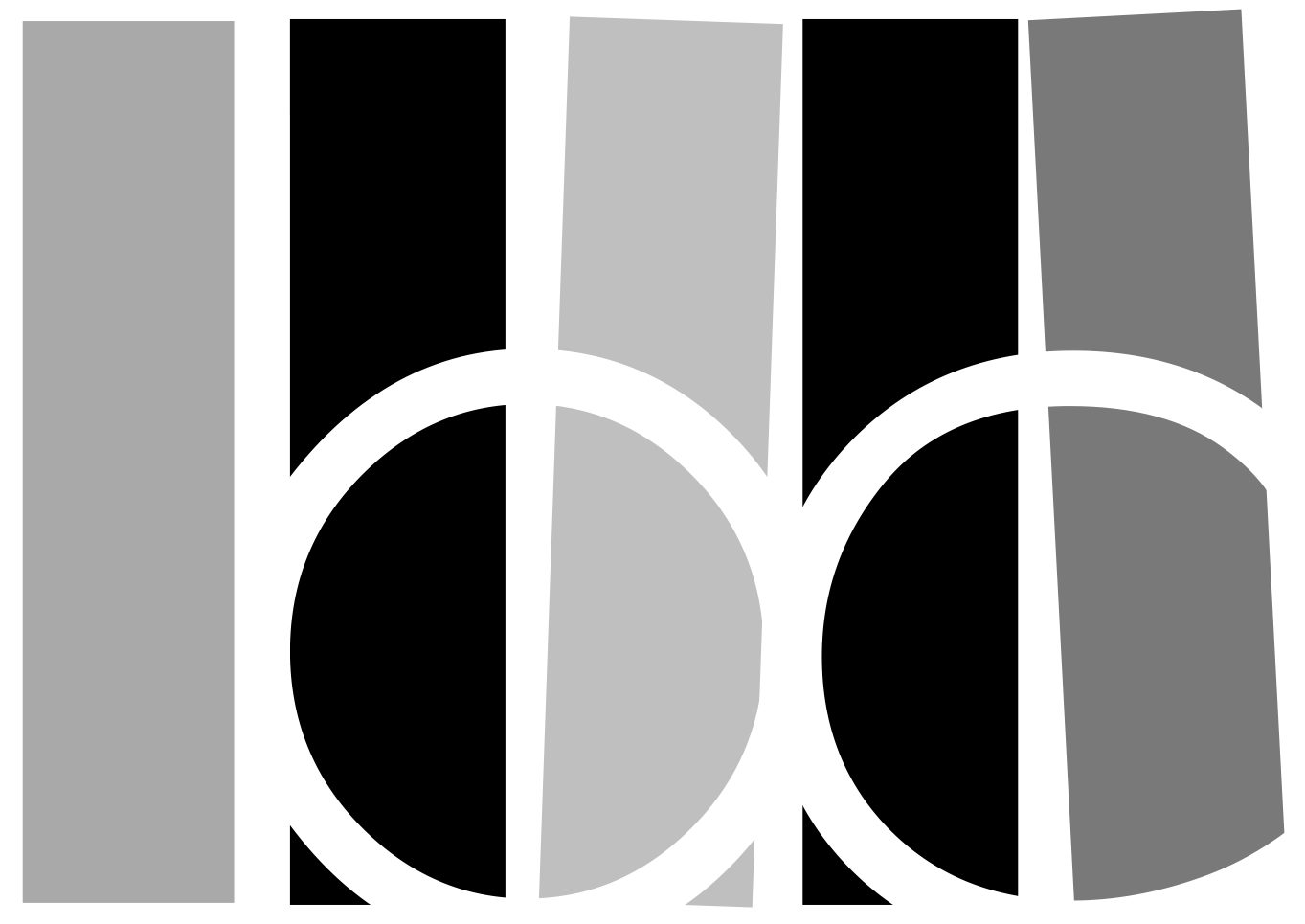
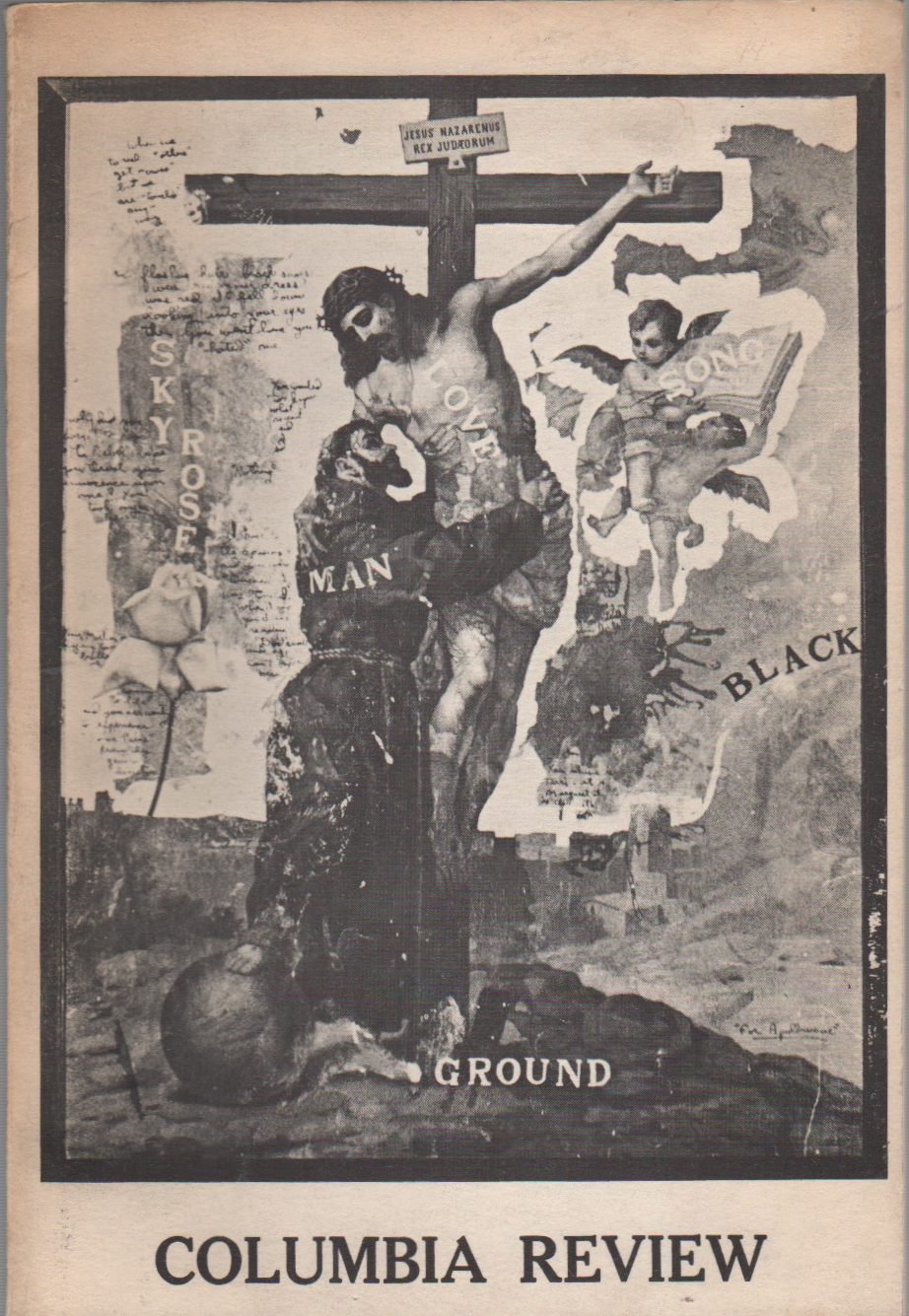
![67. [Fuck You Press]. [ED SANDERS](https://catalogue15.briancassidy.net/wp-content/uploads/2019/06/22815-235x300.jpg)
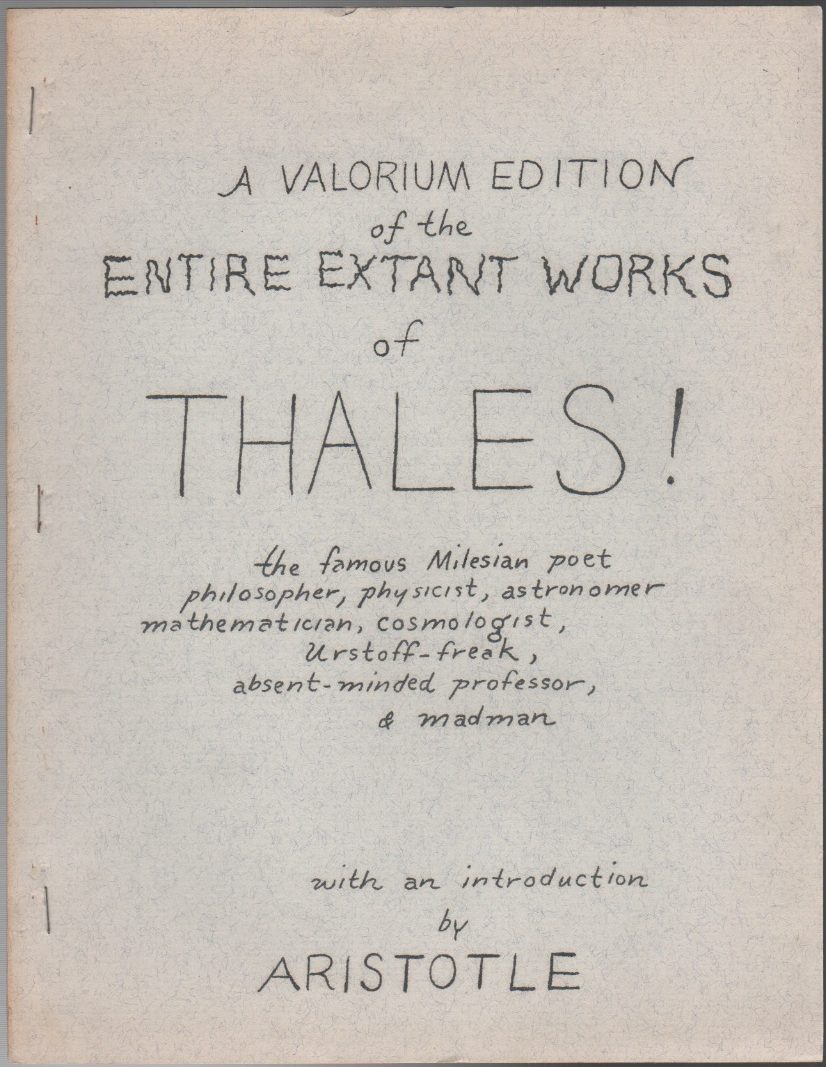
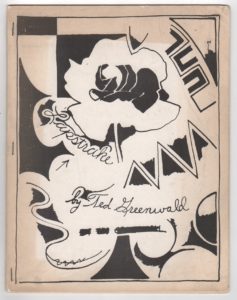
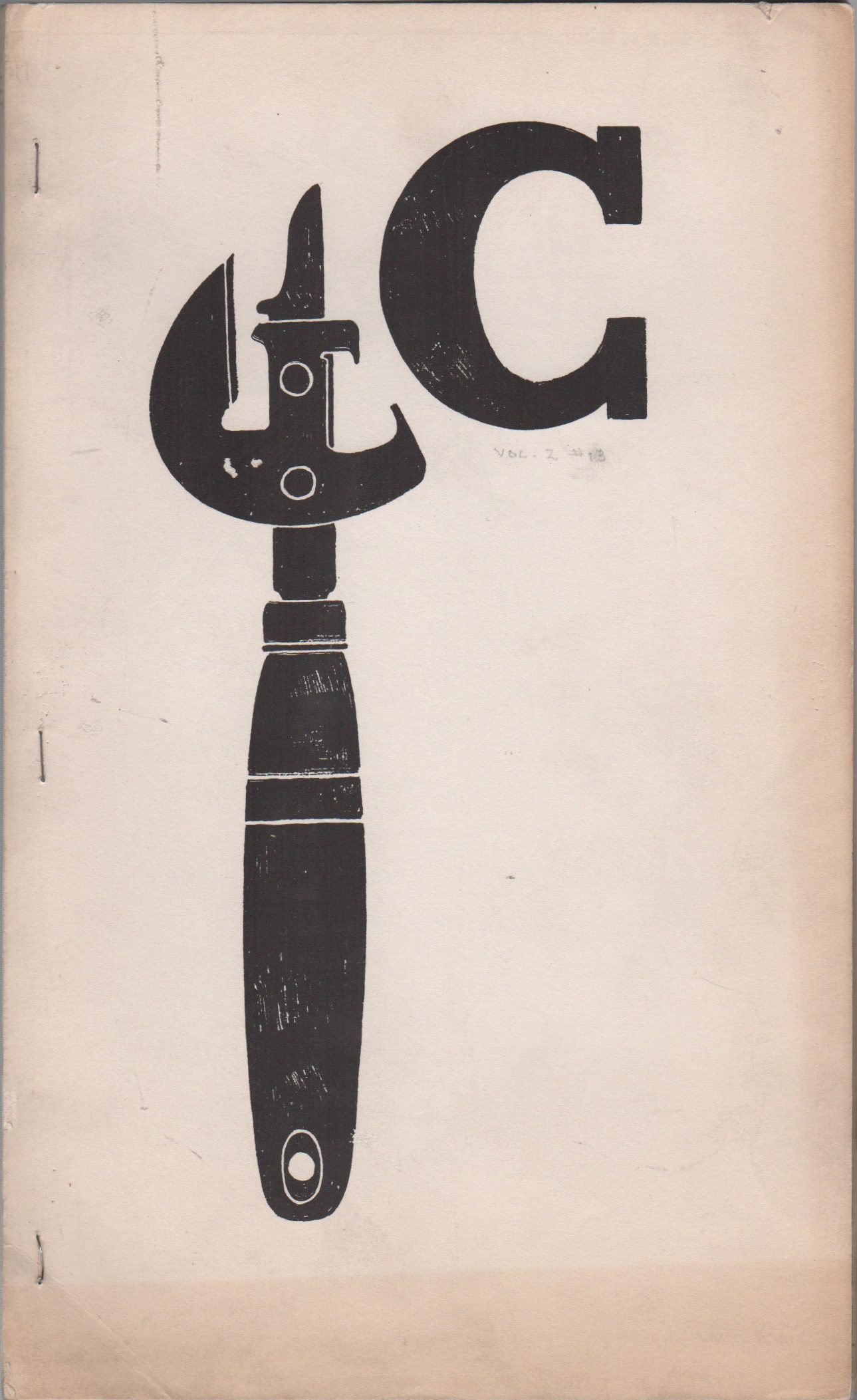
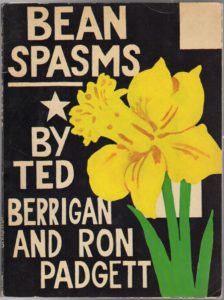
![72. SAROYAN, Aram. ARAM SAROYAN [With Original Typescript]. Image](https://catalogue15.briancassidy.net/wp-content/uploads/2019/06/23407-1-224x300.jpeg)
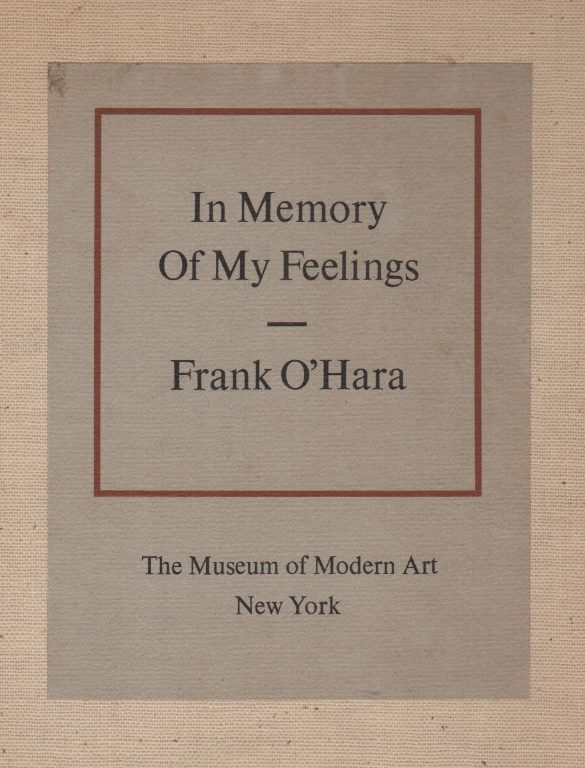
![74. GREENWALD, Ted (Editor) et al. THE POETRY PROJECT NEWSLETTER [50 Issues]. Image](https://catalogue15.briancassidy.net/wp-content/uploads/2019/06/23630-225x300.jpg)
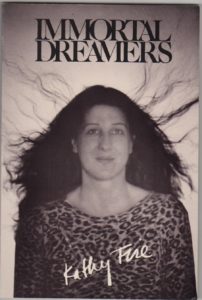
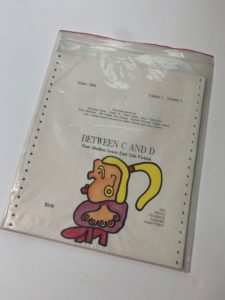
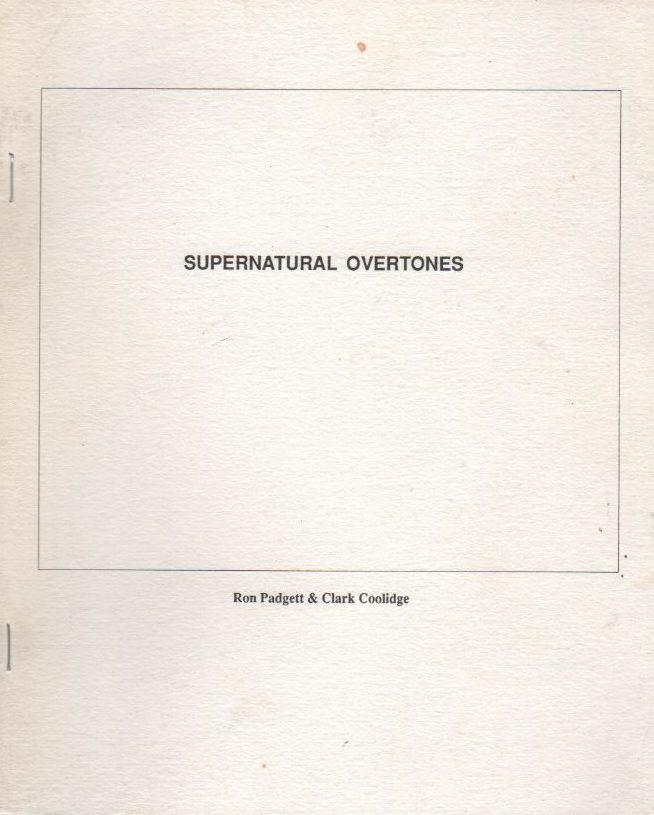
![78. WINKFIELD, Trevor (Artist) and Kenward Elmslie (Text). SNIPPETS. [Association Copy]. Image](https://store.briancassidy.net/cassidy/images/items/16197.jpeg)
